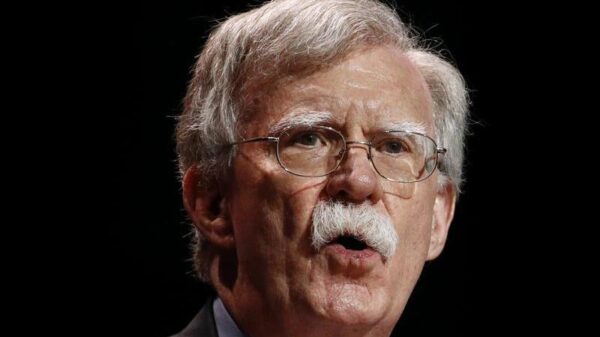Investment bank UBS forecasts that Brent Crude oil prices will remain in the upper $60s per barrel range in the near term, driven by a tight market during the peak summer demand season. In a note released on Friday, analyst Giovanni Staunovo stated that global oil demand is anticipated to peak in August and then experience a modest decline in the following months.
Market Dynamics and Future Projections
Despite the current strength in prices, UBS predicts that oil prices will gradually drop towards the lower end of the $60-$70 per barrel range later this year. This expected decline is attributed to a combination of rising supply and weakening demand as the year progresses. Staunovo noted, “With supply in South America still expected to increase a bit more, we see the oil market better supplied over the months ahead.”
As of early Friday, Brent was trading above $67 per barrel, while WTI, the U.S. benchmark, was also performing well at over $63 per barrel. These figures indicate a strong market, buoyed by consistent global crude oil exports, which remain above the latest ten-year seasonal average, according to energy trade flow analysts Vortexa.
Demand and Supply Influences
This summer, the demand for oil has been notably robust, absorbing increased supply from South America, particularly from Brazil and Guyana. Additionally, production increases in the Middle East have occurred as OPEC+ continues to ease output cuts. Analyst Mark Toth from Vortexa highlighted that, “Despite fears that the swift unwinding of production cuts from the eight core OPEC+ members, and subsequent increased exports mainly from Saudi Arabia and the UAE could push crude markets into oversupply, this has not concretely materialised as of yet.”
Although the market currently displays strength, analysts are beginning to observe indications that traders anticipate a more plentiful supply once the peak summer travel season concludes. This potential shift could lead to a reevaluation of market pricing as demand decreases heading into the fourth quarter.
As the oil market evolves, the dynamics between supply and demand will remain critical in determining future pricing. With both local and global factors in play, stakeholders will be closely monitoring these trends as the year progresses.





























































